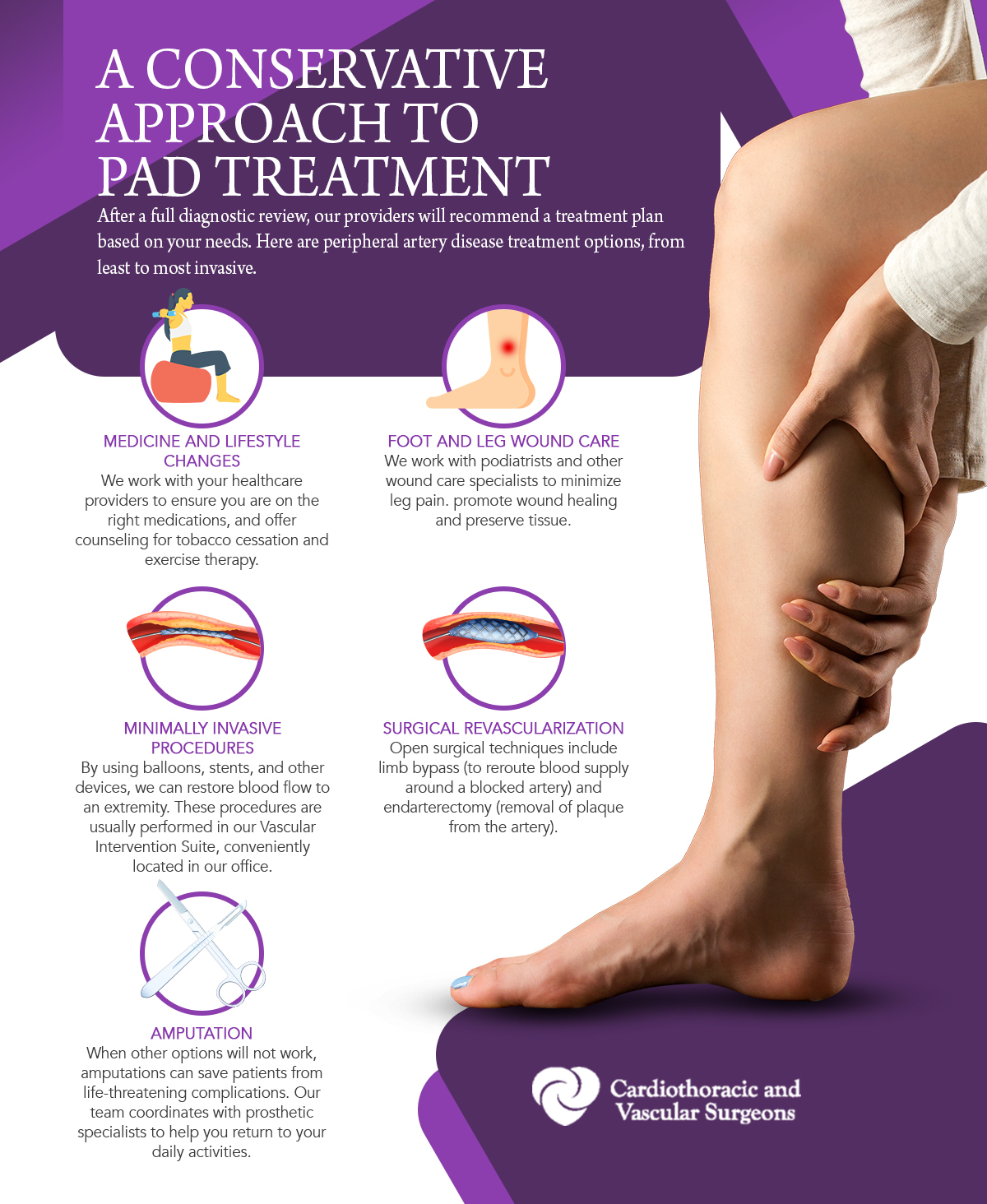It’s normal for cuts or blisters to heal on their own. If you do a amount of care and cleaning, the body can repair itself. But if a wound won’t heal after four to six weeks, or if it starts looking worse redder, swollen, leaking fluid, or giving off a bad smell that’s a clear sign something deeper is going on. Small sores can develop into a leg or foot wound that’s not healing. If it’s not treated, this can cause serious complications, including amputation.

So if you’ve been waiting and watching a sore that won’t heal, it might be time to quit waiting and seek out help.
Why do some wounds not heal?
There are many common reasons why wounds don’t heal. Understanding the reasons can aid you (and your physician) find the most effective method to treat it.
If you suffer from diabetes you are at risk of developing foot and leg ulcers is very high. High blood sugar levels can cause nerve damage (so you don’t feel injuries when they happen) and limit circulation, making it difficult for even minor injuries to heal.
Poor circulation is another major cause, which can be linked to venous and arterial ulcers. If your blood vessels or arterial arteries fail to do their job, you won’t receive enough nutrients and oxygen for your skin to heal.
If you’re not able to move about, it is possible that you will develop pressure ulcers.
Other factors like age or certain medications (like blood thinners) as well as autoimmune conditions as well as poor nutrition, can also slow down healing. It’s possible that a mix of these factors could result in a wound that remains.
How long does healing need to take? and what happens if it doesn’t?
It is possible to ask what is you should consider the “normal” healing process is. It really depends on the kind of wound and your overall health. A minor cut or blister can heal in only two weeks. If you’ve got an wound that isn’t healing or a leg wound that isn’t healing, it may take up to 12 weeks.
Don’t put off seeking professional wound care if don’t notice any improvement in the next four to six weeks. It’s the time to see an expert on wound care. The longer a wound remains open, the higher the risk.
You’re entitled to the Right Help
It’s not “bad luck” that your ailment doesn’t heal. The body requires assistance. The positive side? Treatments and experts can make a difference. At our clinic, doctors specialize in treating non-healing feet injuries and leg ulcers, in conjunction with other health care providers to design the most appropriate treatment plan to give your body the best opportunity to heal and avoid the possibility of amputations.
If it’s advanced wound dressings, or restoring blood flow, or specific therapies such as hyperbaric oxygen, there are solutions out there. And we’ll work with you all the way, because nobody should have to deal with a wound that won’t heal by itself.
Final Thoughts
The results of a cut that doesn’t heal aren’t just physical. They impact your entire life. But there’s the possibility of healing. Don’t be afraid to seek help if you are exhausted of having to deal with an ulcer on your leg that does not heal an ongoing sore or a foot injury that isn’t healing. The sooner you do the better chance you have to start living the life you deserve without the anxiety and pain of a wound that isn’t healing.